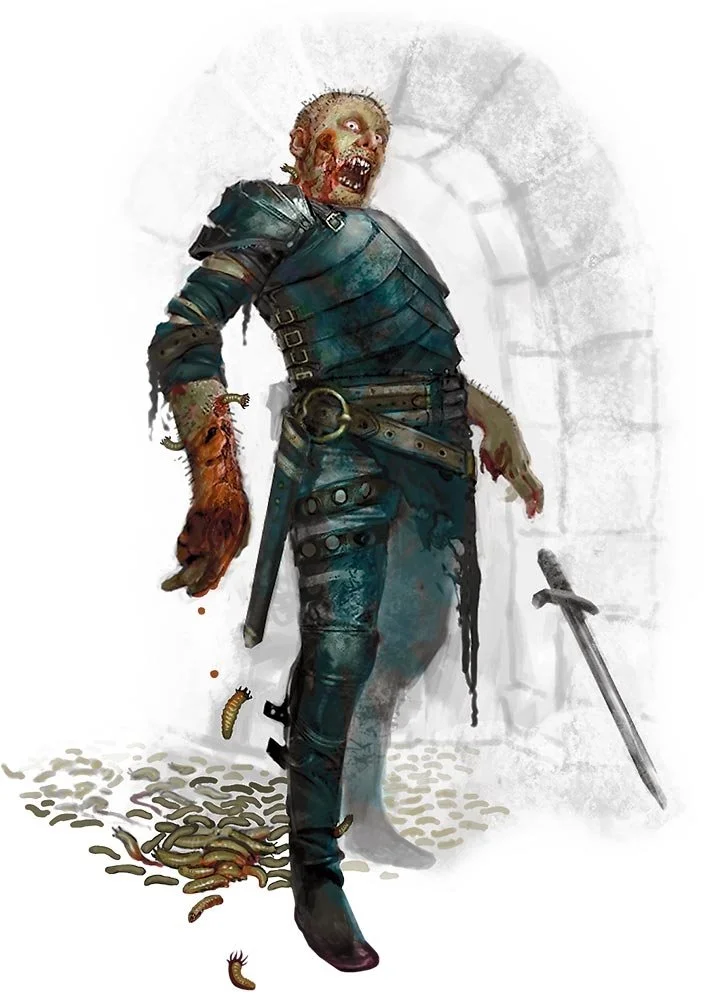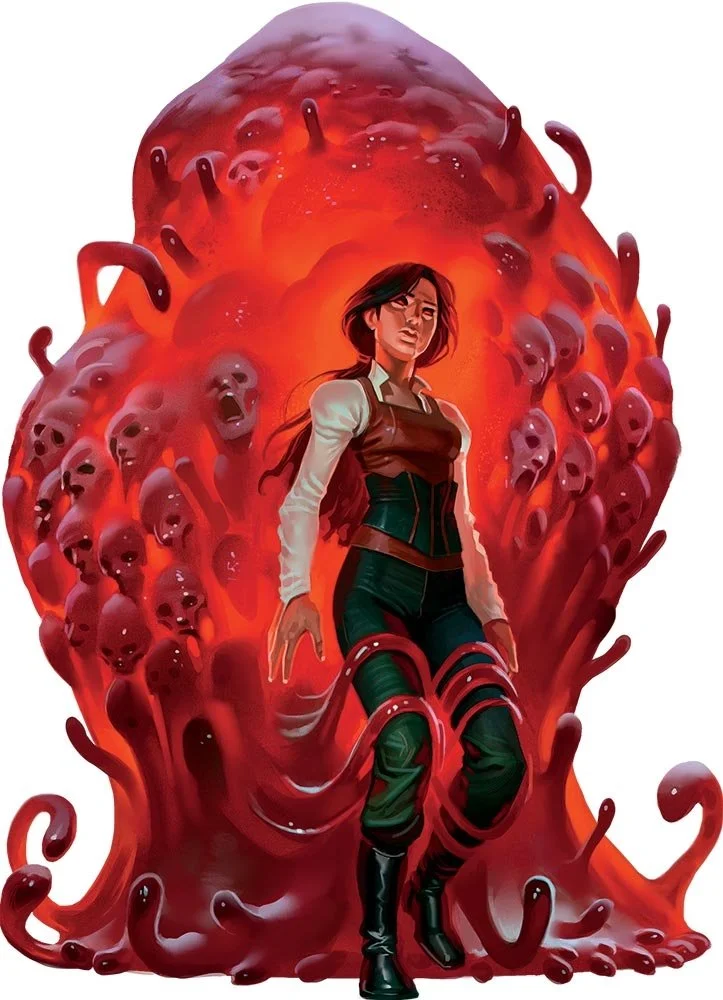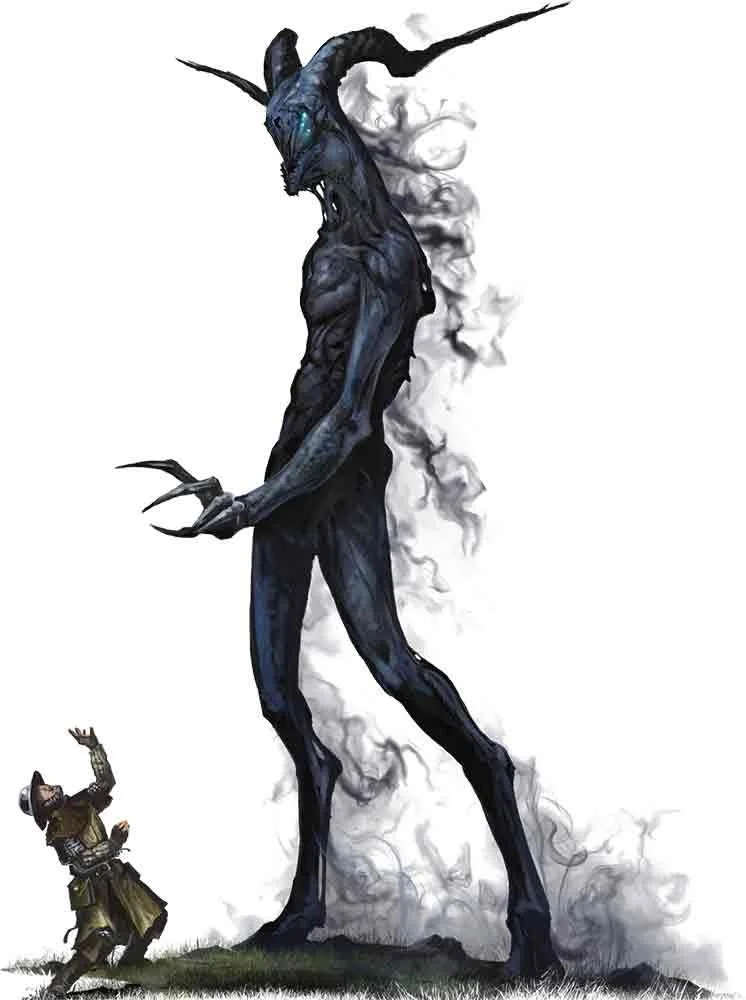Are you in search of epic tales, immersive storytelling, and unforgettable adventures? Look no further! In this blog post, we'll dive into the realm of actual play podcasts and explore ten of my absolute favorites. From hilarious antics to heartwarming moments, these podcasts will transport you to extraordinary worlds where heroes rise, quests unfold, and friendships are forged. Get ready to embark on a journey of audio delight as we unravel the magic behind these captivating actual play podcasts.
1. Not Another D&D Podcast: There is no better actual play in my opinion. From the moment you press play, you can feel the camaraderie of the group pulsating through your speakers. Led by four talented CollegeHumor alums, this podcast delivers a heavy dose of comedy that will have you laughing out loud. But it’s much more than goofs. They masterfully craft engaging characters, build high-stakes scenarios, and bring gut-wrenching and heartwarming scenes to life. With Murph at the helm as the DM, he ensures the group has a blast while reining in their wild shenanigans and meting out fair consequences. Each player brings their unique strengths to the table, enhancing Murph's dynamic battles, entertaining NPCs, and captivating quests. With over 200 episodes in the main feed and counting, including multiple side seasons, this podcast is an absolute must-listen. So start from episode one and get ready for an unforgettable journey that will leave you yearning for more.
Suggested listening: Indulge in the entire journey, starting from episode one, and let the magic unfold before your ears.
2. Dimension 20: It’s hard not to put this at the top of the list, but I had to give it the second position because, well, it’s technically not a podcast. It is a truly remarkable show that pushes the boundaries of what an actual play can be. With its fully-realized set designs, multiple seasons, and a rotating cast of players and DMs, it delivers a true spectacle that will leave you awestruck. Each season presents a completely unique and immersive experience, showcasing the incredible improvisation skills of the players, particularly the core cast which includes the talented Murph and Emily from NADDPod. Comedy seamlessly blends with poignant moments, tugging at your heartstrings. The brilliance of Rick Perry's set designs adds an extra layer of visual grandeur to the already captivating storytelling.
However, the real gem of this show, especially for new DMs, is Brennan Lee Mulligan's DM-ing. Brennan's mastery of the craft has personally impacted me like no other, forever shaping my perspective on the game and the role of DM. While reaching his level may seem like a lofty goal, it's not necessary (I keep telling myself this). What matters is the inspiration and knowledge you gain from observing his expertise. With the inclusion of mini-seasons featuring top-tier DMs, Dimension 20 provides valuable insights into different campaign styles, helping you refine your own DM-ing approach. Whether you're a seasoned RPG enthusiast or a curious newcomer, Dimension 20 offers a season tailored to your taste, keeping you entertained and craving for more.
Suggested listening/watching: You can currently only listen to Fantasy High, The Unsleeping City, and Escape from the Bloodkeep for free, everything else requires a subscription to Dropout. So, start with Fantasy High or The Unsleeping City (EFTBK is my personal least favorite season). If you go for Dropout, my faves are A Crown of Candy, Neverafter, and Starstruck, but honestly, there is something magical in every season and the latest season, Dungeons and Drag Queens is the talk of the town right now, especially for newcomers to D&D.
3. The Adventure Zone: What’s that old adage? You never forget your first love. This holds true for me with the first season of TAZ. This was the first D&D podcast I listened to, and I’m glad I listened to it when I did before I knew all of the rules. While the initial season, Balance, may stumble in the mechanics department, its storytelling prowess is unrivaled. One caveat to this season is it definitely takes time to find its footing as the McElroys were pretty new to the entire concept of actual play and they were simply running The Lost Mine of Phandelver module from the D&D Starter Set.
Once it breaks out of the module, it blossoms into something magical, especially once Griffin started adding in music. The McElroys are at their best in this, and it weaves together hilarious goofs, captivating storytelling, lovable characters, and unforgettable moments that will leave you on the edge of your seat. It is one of the most important pieces of media that I’ve ever experienced and I will never forget standing in my backyard and crying by myself multiple times during the final few episodes. What it lacks in mechanics, it makes up for with heart, and story that I’ve returned to multiple times. The other seasons are very hit-and-miss and move away from Dungeons and Dragons, but season one is pure gold.
Suggested listening: Obviously, Balance. But I would honestly suggest every season minus Graduation, it started off decent and then just crumbled, in my opinion. Also, don’t go into the next seasons with high expectations, they’re all good, but if you go in expecting too much you’ll be disappointed. Keep an eye out for the newest season, Steeplechase, masterfully helmed by Justin — it's shaping up to be a close second favorite in the series.
4. Worlds Beyond Number: It may be a bit too early to drop this in the fourth slot (the first episode dropped merely 3 months ago), but its potential is undeniably captivating. With a dream team lineup of talented players like Lou Wilson, Aabria Iyengar, and Erika Ishii (all familiar faces from Dimension 20), and the exceptional DMing prowess of Brennan Lee Mulligan, this long-format game holds immense promise. I’m especially excited to hear BLeeM world-build without the constraints that are inherent with such a tightly bound project like Dimension 20. From the inception of The Wizard, The Witch, and The Wild One, the journey has begun in earnest, with a childhood arc that beautifully sets the stage for their epic campaign. Delighting in their remarkable roleplay, immersive world-building, breathtaking soundscapes, and that oh-so-wonderful fox familiar, every episode has been a joyous experience. I eagerly await the unfolding of their adventure and what lies ahead.
Suggested listening: Dive into everything available thus far. While not mandatory, I highly recommend joining the Patreon to enjoy The Children's Adventure—a compelling eight-episode arc that establishes the characters, their relationships, and the vibrant world they inhabit.
5. Join the Party: If you are new to the world of D&D 5E or TTRPGs in general, I honestly can’t recommend listening to another show on this list more. This is the ultimate podcast to kickstart your adventure. What sets it apart? Well, they have a few beginner episodes that gently introduce the game mechanics, perfect for those who are just starting out. Not to mention their Afterparty episodes, jam-packed with valuable tips for both rookies and seasoned players alike.
But that's not all—once you dive into the show itself, get ready for a thrilling journey in a meticulously crafted world, where lovable characters will steal your heart from the very beginning (especially in campaign one, which I can vouch for). It's like sitting at a familiar table with close friends, making you feel right at home while embarking on a fantastic adventure.
Suggested listening: I can only suggest season one, but there are now three campaigns available and I literally plan on beginning season two this week after bingeing season one and loving it.
6. Encounter Party!: I’m pretty new to this series, but it has me hooked already, which is exciting because I have 80-ish more episodes to go. This campaign blends the worlds of D&D and Magic: The Gathering into a mystery that is fun to unravel as a listener as the players do the same. As someone who knows absolutely nothing about the world of Ravnica and MTG, I was a bit on the fence about listening to this, but I’ve found that it doesn’t really hinder my experience. And I’ve found the group to be fun, the storytelling to be intriguing, and in an early episode you learn that the stakes are very, very real, which was a nice change of pace to some other actual plays I’ve put on here. They have three full seasons (making up all of one campaign) to binge which means there’s plenty to listen to already. And they recently announced that their second campaign has added a new member and will be releasing as a TV show under the Wizards of the Coast umbrella on the upcoming free streaming channel, Watch DND Adventures.
Suggested listening: There is currently only one campaign out, so there’s only one place to begin.
7. Dungeons & Daddies: Don't let the name fool you — this is not a BDSM podcast. While the rules of D&D take a backseat here, it remains a delightful actual play experience that deserves a spot on any must-listen list. Brace yourself for an uproariously funny journey as a group of dads from our world, along with their kids and trusty Honda Odyssey, find themselves transported to the wondrous Forgotten Realms. What follows is a delightful fusion of epic quests, dad jokes, and surprisingly poignant moments that will keep you thoroughly entertained.
What sets this show apart is DM Anthony Burch's fearless approach to crafting unconventional quests that defy expectations. With a refreshing willingness to experiment and push boundaries, Dungeons & Daddies consistently delivers fresh and unexpected storylines. Prepare for abundant laughter and occasional heartstring tugs as you dive into this exceptional show.
Suggested listening: Begin with the first season to fully immerse yourself in the narrative. Although the second season is now underway, I strongly advise against starting there due to spoilers and the need for context. Both seasons offer their own unique charm, even if the second takes a bit of time to find its rhythm.
8. Critical Role: No compilation of actual play podcasts would be complete without mentioning the behemoth that is Critical Role. Widely regarded as the pinnacle of actual play podcasts, this show has garnered an immense following within the TTRPG community and beyond. What began as a humble home campaign among a group of talented voice actors has evolved into a cultural phenomenon, with its own animated series and an ever-expanding empire.
At the heart of Critical Role is the incomparable DM, Matt Mercer, whose deep knowledge and mastery of the game mechanics are unparalleled. The world of Exandria, a meticulously crafted realm brimming with intricate lore and multifaceted characters, has even found its way into official D&D publications. The players, in turn, dive headfirst into this immersive world, crafting captivating narratives that leave a lasting impact.
While some (me included) may find the episodes lengthy and the party size daunting, Critical Role has undeniably left an indelible mark on the actual play landscape. It's worth noting that, personally, I ventured around 30 episodes into the first season before giving up, but I acknowledge that my experience definitely differs from the majority. However, many seasoned fans recommend starting with the second season, and I intend to explore it in the near future, and I’ll be back with my thoughts here afterward.
Suggested listening: Although you can begin anywhere, as stated above, it's often suggested to start with the second season for a fresh entry point.
9. Rusty Quill Gaming Podcast: Quick caveat. Unlike the others featured here, this podcast ventures beyond the realm of D&D and utilizes the open-source Pathfinder D20 system. While I initially found myself unfamiliar with this system, my devotion to the talented group behind Rusty Quill, known for their spine-chilling podcast The Magnus Archives, compelled me to persevere. And I'm grateful that I did.
The captivating storytelling, unforgettable characters, and unexpected moments of laughter kept me engaged throughout. Despite the lack of D&D, the show rewards tenfold with a masterfully crafted narrative. It was also surprising to have the group behind the frightening storytelling of The Magnus Archives deliver delightful, hilarious moments in this podcast.
One of the unexpected benefits of listening to the Rusty Quill Gaming Podcast was gradually gaining a rudimentary understanding of the Pathfinder system. While I may not have explored it extensively yet, the experience has sparked a curiosity within me to delve deeper in the future.
Suggested Listening: I’ve only listened to Season One, but there are currently five seasons available. Considering the quality of Season One, I have no doubt that each subsequent season holds its own magic. So, if you're a fellow completionist at heart, I encourage you to embark on this journey from Episode One.
10. Campaign: Skyjacks: I broke my rule of D&D podcasts with Rusty Quill so I figured I’d throw in another that uses a completely different system, but is a must-listen. I found this after reading a few of James D’Amoto’s invaluable The Ultimate RPG series (I truly couldn’t recommend these enough). This led me to his podcasts and, well, Campaign: Skyjacks is incredible. It uses a system called Genesys, which for the life of me I can’t quite fully understand, but the lack of understanding the system doesn’t take away from the overall story. The entire crew of The Uhuru is outstanding, the collaborative way of building the world and NPCs is something I aspire to be able to do one day, and the music is spectacular. It is a story about airships and sky pirates set in the intriguing world of Spier, but, it is much more and it will bring you to moments of crying from laughter, to cheering for big and little wins, to crying for “umm” other reasons. I can’t recommend it enough. BONUS TIP: They also use Illimat in this show, which is my favorite board game, maybe ever?! Check out my review of playing it at Gen Con 2023.
Suggested Listening: There is the original Campaign, which takes place in the Star Wars universe and I’ve been told is fantastic, however, I haven’t listened through it yet. I started with season two and as I said above, I can’t recommend it enough.
Get ready to immerse yourself in these captivating actual play podcasts, where imagination knows no bounds and extraordinary tales come to life. Whether you're seeking laughter, heartwarming moments, or gripping adventures, these podcasts have got you covered. So grab your headphones, prepare for a wild ride, and let the storytelling begin!
Have your own AP podcast suggestions you think I should check out? Shoot me an email at cmthenewdm@gmail.com!











